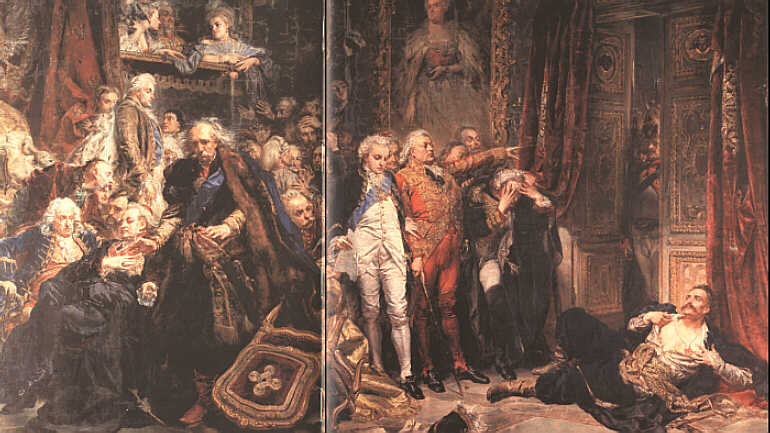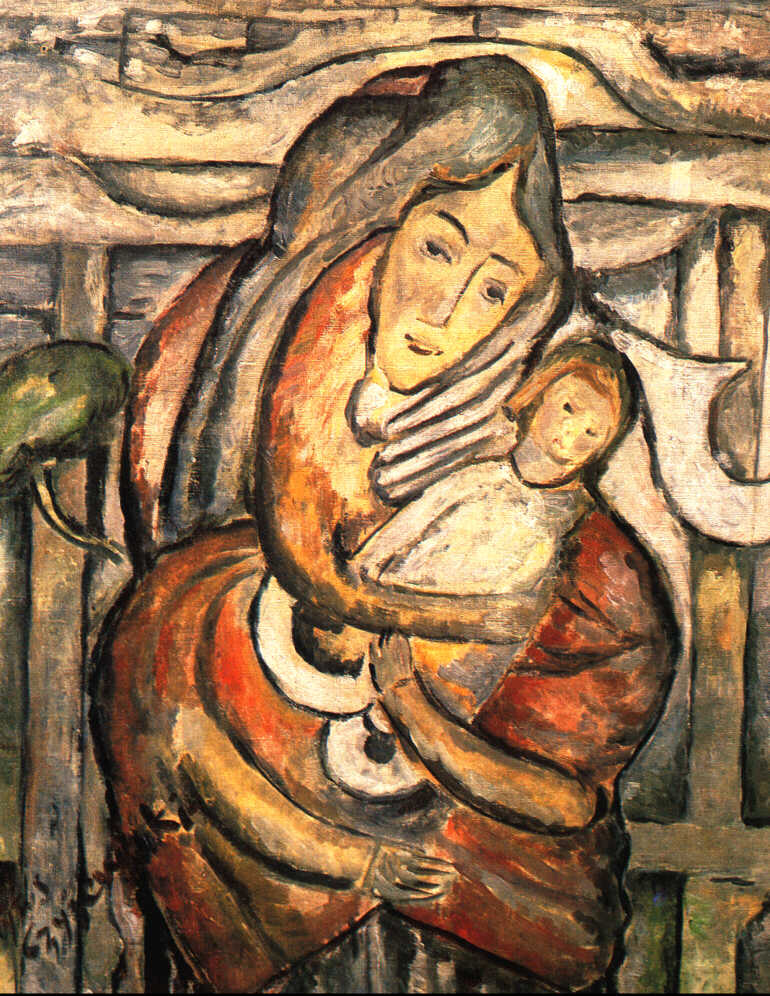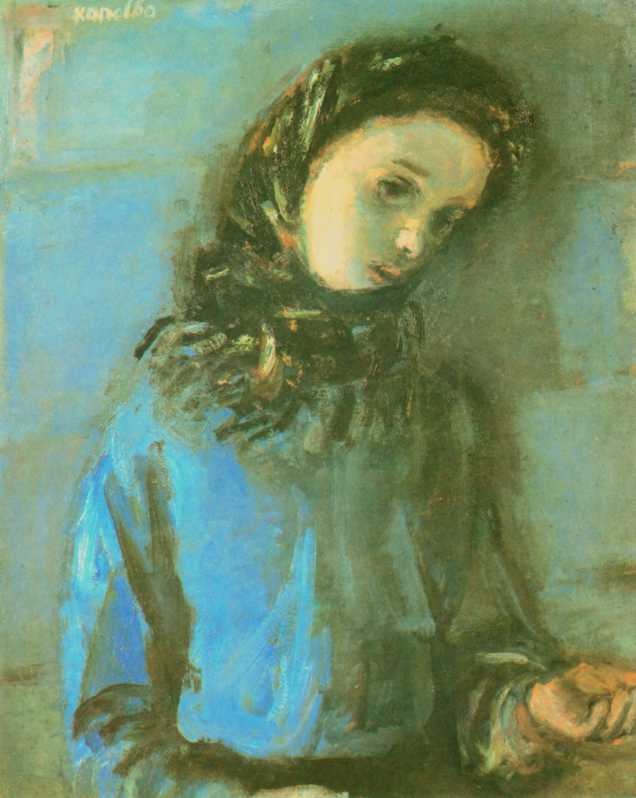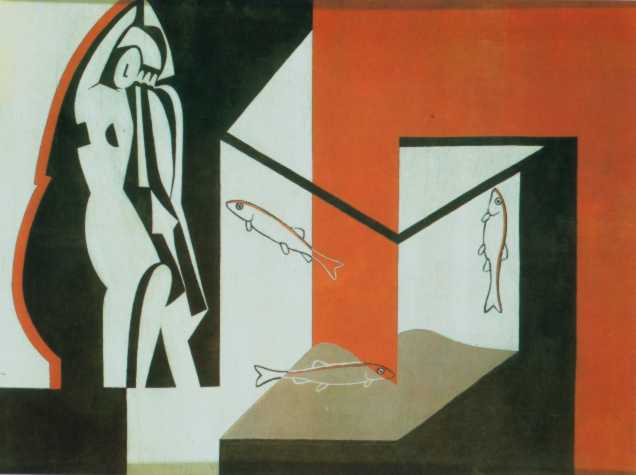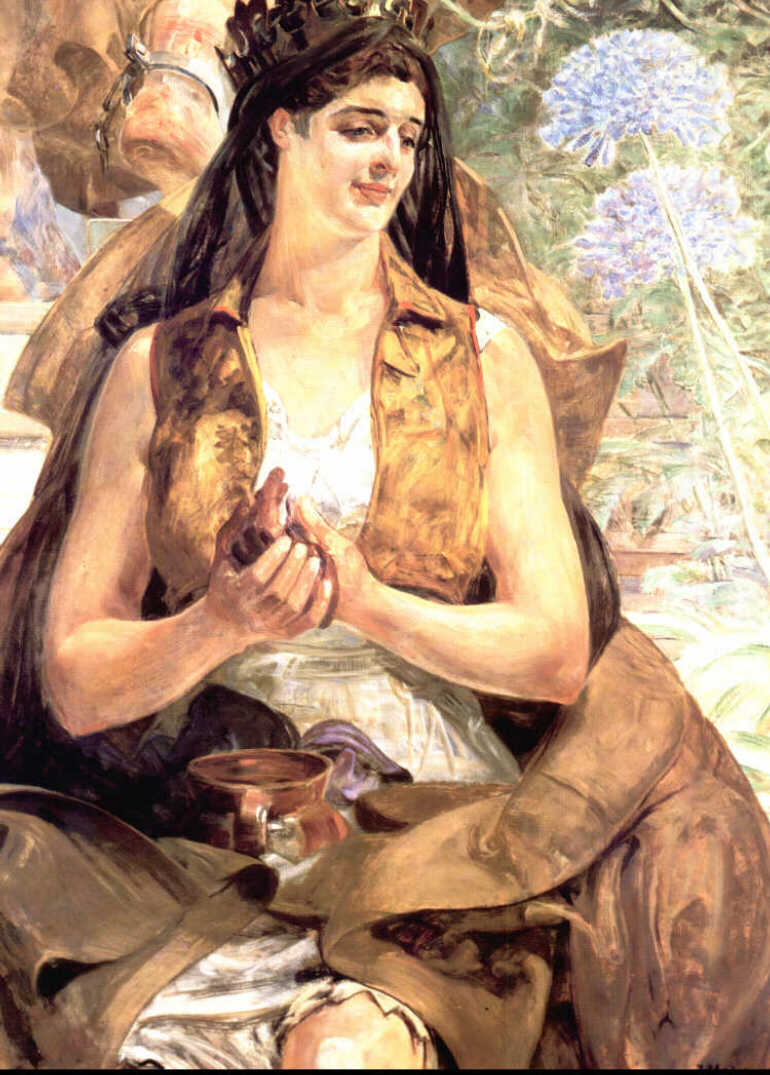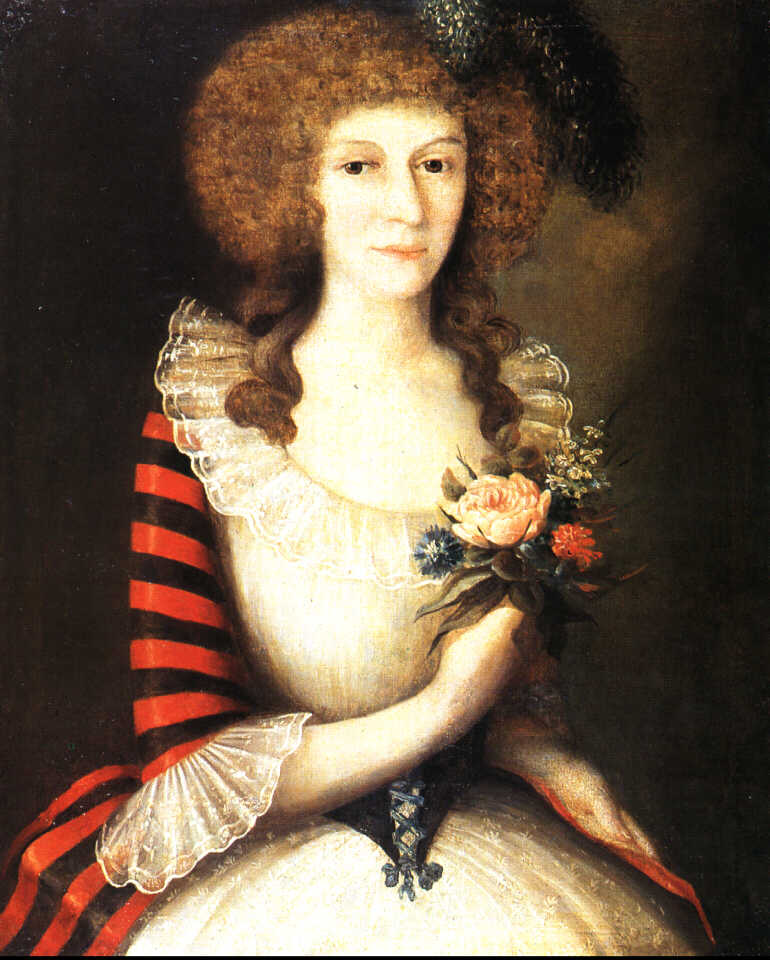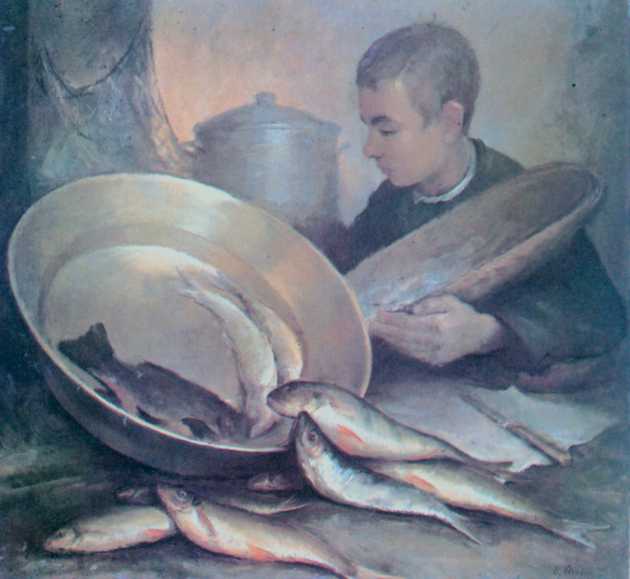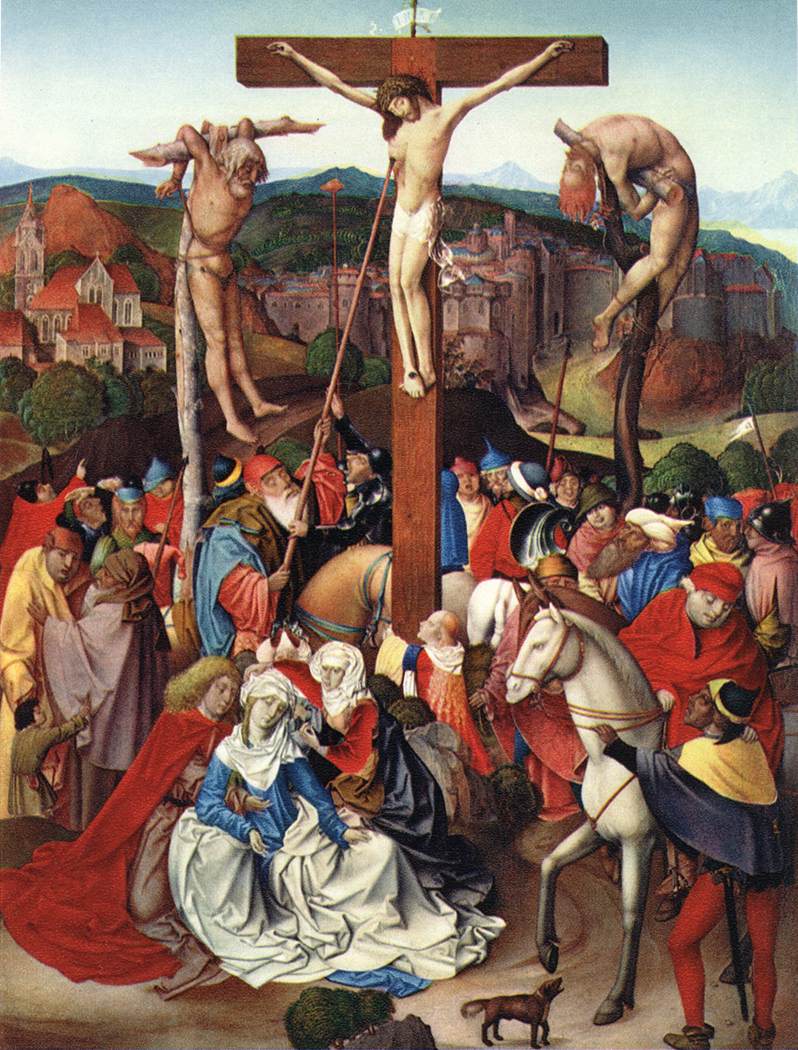
Titian and Venetians – Art History Museum – Vienna
The west wing is dominated by an impressive collection of paintings by Venetian painters, especially Titian (ok. 1488-1576). His earliest works, like the Gypsy Madonna in room I., reveal the influence of Giovanni Bellini, in which studio he apprenticed. The colors are richer, the contours are smoother, and static composition. The largest canvas in this room is Ecce Homo from the period of fascination with the baroque, where Christ is moved to the top right corner.
A painting of a young woman in a fur coat and a portrait of Benedetto Varchi testify to this, that Titian was also able to be sparing in the use of color, highlighting the features of the models. A late portrait of an art dealer contrasts with them, Jacopo Strady (the painter did not like him), filled with random details, with color and movement. Towards the end of his life, Titian “used his fingers more than a brush”, in the words of his associate, Palma the Younger. The masterpiece of this period is the painting of the Nymph and the Shepherd, which is distinguished by the autumn color palette and a very free painting technique.
The image of a girl looking at herself in Giovanni Bellini's mirror can be seen in the hall 1, next to the statue of Saint Sebastian by his brother-in-law, Andrei Mantegny (ok. 1430-1506) and next to three fragments of altar paintings by Antonell da Messina, who is credited with the role of a pioneer of oil painting in northern Italy. Near, in the room 2, The Three Philosophers of Giorgone were staged. Not much is known about the author: was tall, handsome and died young (probably for the plague). As for the painting itself, it is uncertain whether it really represents philosophers or someone else. A sensual portrait of Giorgone, Laura (fur and exposed breasts are a recurring theme in the gallery), it is one of his few works, dated on the back, as to the authorship of which there is no doubt.
Colored, carefully composed, monumental canvases by Paolo Veronese (1528-88) the walls of room II. A classic example of his style is the figure of David, where the theme of the work is subordinated to the overall effect. Room III features impressive portraits of Tintoretto (1518-94) and a somewhat lascivious image of Susanna and the old men, full of contrasts of light and shadow, old age and youth, cover and nakedness.

